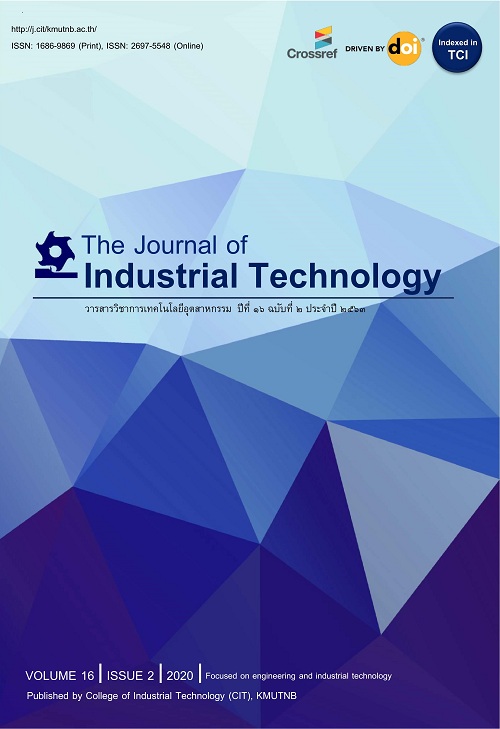เคมีคอมพิวเตอร์กับสารออกฤทธิ์ในสมุนไพรไทย
Computational approach: an application on Thai medicinal herbs
Abstract
บทคัดย่อ
การสร้างแบบจำลองทางเคมีคอมพิวเตอร์ โดยใช้การจำลองโมเลกุล (molecular modeling) ด้วยโปรแกรม AutoDock ได้มีบทบาทอย่างมากต่อการอธิบายถึงความสัมพันธ์เชิงโครงสร้างของลิแกนด์กับโปรตีนที่สนใจ บทความนี้ได้สนใจศึกษาสารออกฤทธิ์ในสมุนไพรที่มีสรรพคุณทางยาและฤทธิ์ทางเภสัช ในกลุ่ม diarylheptanoids จากสมุนไพรว่านชักมดลูก (Curcuma comosa Roxb.) วงศ์ Zingiberaceae กับเอนไซม์ ER-β estrogenic receptor และ สารในกลุ่ม 1-naphthol analogs จากสมุนไพรทองพันชั่ง (Rhinacanthus nasutus Kurz) วงศ์ Acanthaceae กับเอนไซม์ COX-1 และ COX-2 โดยข้อมูลที่ได้จากการทดลอง การจัดวางตัวของสารในโพรงการจับของเอนไซม์หรือบริเวณตำแหน่งออกฤทธิ์ และค่าพลังงานอันตรกิริยาของการจับ สามารถนำมาอธิบายข้อมูลเชิงโครงสร้างของสารออกฤทธิ์ในสมุนไพรเพื่อนำไปสู่ความเข้าใจและการพัฒนาเป็นสารชนิดใหม่ที่มีสรรพคุณทางยาและฤทธิ์ทางเภสัช เพื่อต้านโรคอื่นๆ ให้มีประสิทธิภาพมากขึ้น
Abstract
Computational modeling has been widely used to gain a better understanding of ligand-protein complex. In this study, molecular modeling program such as AutoDock has been exploited to gain an insight of some compounds isolated/synthesized from Thai medicinal herbs: Curcuma comosa Roxb. and Rhinacanthus nasutus Kurz. The aim of the study was to understand the three-dimensional aspects of diarylheptanoids from Curcuma comosa on ER-β estrogenic receptor and the synthesized 1-naphthol analogs on cyclooxygenase-I (COX-1) and cyclooxygenase-II (COX-2). Information of the binding alignment and the free energy of binding obtained from the program could help us to design a promising compound and could be applied in rational drugs design for further searchings of new compounds from Thai medicinal herbs to treat other diseases.
Keywords
Refbacks
- There are currently no refbacks.






